- Y.SH
- information
- 2844 views
- 0 comments
Welcome to the Lut Desert, one of our beautiful planet's hottest and driest pieces. This stunning desert stretches across hundreds of square kilometers in the southeast of Iran and is recognized as Iran's most pristine spot! In the local Beluchi language (a language common in southeast Iran), Lut means naked, arid, thirsty, and empty of anything. However, this scorching and unfathomable place isn't really empty! Sand dunes, gravel lands, impressive Kaluts (distinctive landforms created by erosion), and constant geographical processes are parts of the reason this untouched land is a UNESCO Natural World Heritage. What makes this desert distinct from other deserts in the world is its impassability, its beautiful Shahdad Desert, and a part of it has a few times held the record as the hottest place on earth.
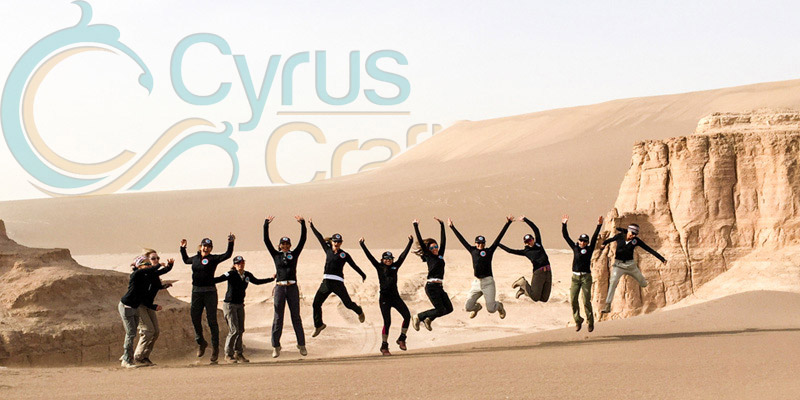
Finding Lut Desert in Iran
Like Persepolis, the Lut Desert is one of the most attractive places in Iran. This vast desert covers 120 thousand square meters in southeast Iran, covering almost 10 percent of the country! Lut measures 900 kilometers on its north-south side, while on its west-east side, it measures 300 kilometers. Nearly 70 percent of this desert is in Kerman province, and the remaining 30 percent is in South Khorasan and, Sistan & Baluchestan provinces. There are a variety of geographical features in the Lut Desert because of its vastness. Usually, dessert lovers choose known and popular routes for their adventures in this desert. One of the most popular spots on their itinerary is the Shahdad Desert and the Kaluts of Kerman.
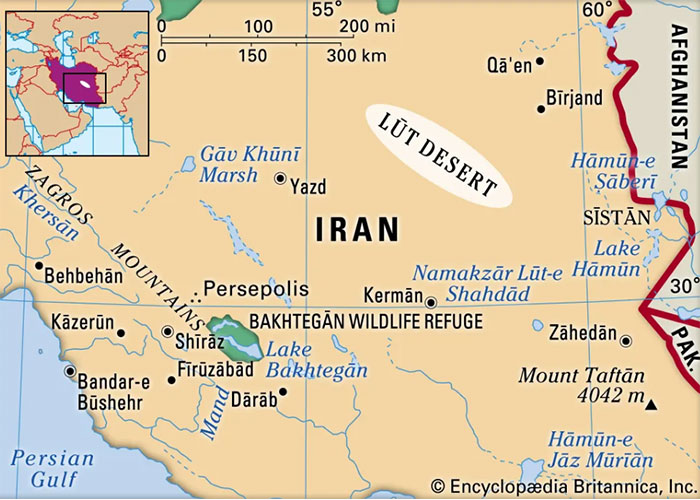
A description of the different parts of the Lut desert (dasht-e Lut desert)
dasht-e Lut desert is low land with various geographical features and differences in altitude. That's why geologists divide it into three parts:
Northern Lut
The northern section of the Lut desert, which is mainly a part of South Khorasan Province, is almost 500 to 1000 meters from sea level. This region is covered with sand, and the southern part of it includes periodic breaks that end in Birjand's Shur River. This region is fascinating because of mountains, sedimentary hills, and volcanos that have made it prone to earthquakes.
Cyrus Crafts; Luxury & Unique Products
Central Lut
The most memorable part of the Lut Desert is undoubtedly its central section. Known as Chale-ye Lut (meaning the Pit of Lut), this region has a 162 km length and a 52 km width. Vast masses of sand cover central Lut. There, you can also see salt and chalk deserts. Malek Mohammad Desert (to the west of Rig-e Yalan) is one of these deserts.
Southern Lut
The southern part of the Lut Desert stands out from the other parts with its unique vegetation and precious heritages remaining from ancient civilizations. Known as 'Lut-e Zangi Ahmad,' this section covers many of Kerman Province and the northern area of Sistan & Baluchestan Province.
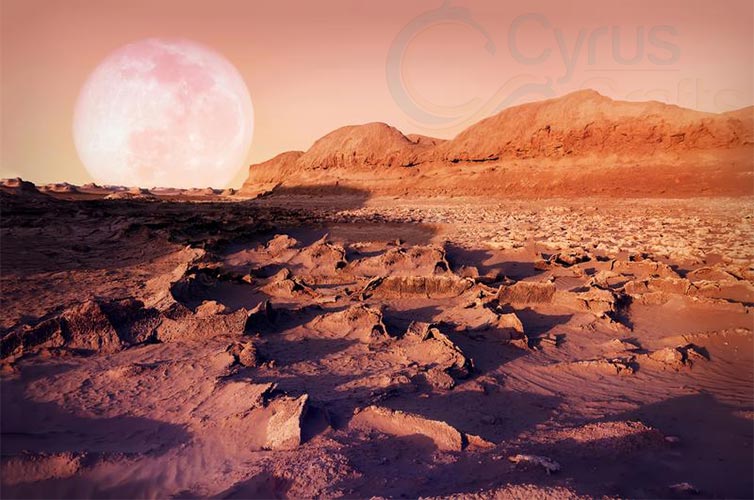
Travel guide to Lut desert
Due to its size and lack of towns and villages, the Lut desert requires a professional group familiar with the area to visit. The only way to see this area is to use SUV cars. It is necessary to bring enough food and Nutritious snacks like nuts, water, gasoline, and other travel necessities to get there. It is worth the hardships of traveling to this region to see the beauty of the Lut and Rig Yalan deserts.
It is important to note that a complete visit to the Lut area also requires permits. The Lut desert is divided into three parts: green, orange and red. Visiting the green site is open to the public. Still, presence in the orange and red areas is prohibited. To enter this area, you will need the company of a guide and the necessary coordination with the relevant devices.
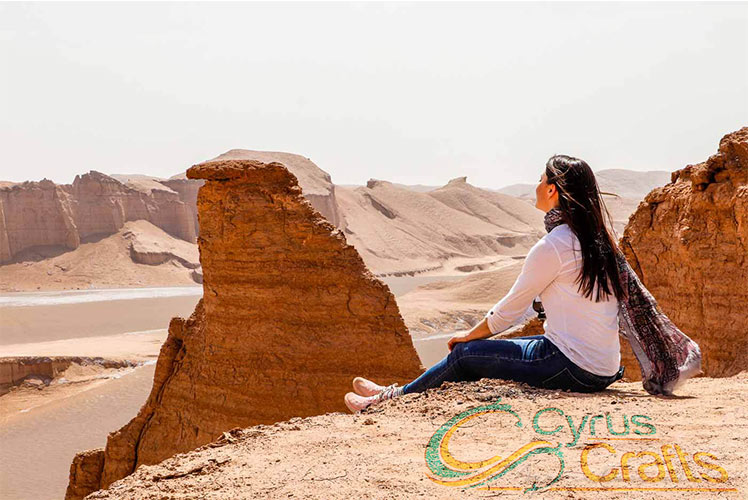
Biological Diversity in the Desert Lut
In the central parts of the Lut Desert, there is no plant or animal life; however, when the weather is favorable, short life can be observed. It takes only a short time for grass plants which covers the ground like a hand-woven carpet, to grow and dry out after limited seasonal rains in the spring.
In contrast to the central regions, which lack vegetation, the Rig-e-Yalan region contains a variety of plant species. The density of this vegetation is much higher in the east of Lut. In addition, 20 km of the Shahdad region, turmeric trees and shrubs can be seen, which is one of the most beautiful landscapes that can be seen in the Lut desert, "Nebka" or sand pots. This remarkable phenomenon is one of the unique attractions of the Lut desert. The dunes surround the teak bushes like a pot and are up to 10 meters high.
In the eastern part of the Lut Desert, live animals are resistant to dehydration. These include snakes, predatory birds, foxes, sand cats, and agamas. About 70 species of birds have been seen in the Lut Desert, all of which have white in common to absorb less heat. These birds get their water from insects or dew, formed by the difference between day and night temperatures.
Lut's Hidden Secrets - A Treasury of Hidden Treasures
Lut Desert's uniqueness comes from its rich historical roots and unknown mysteries. Residents of this desert have never traveled across it, and that won't be an exaggeration. Lut's enigmatic nature and inaccessibility have led to many legends and folklore surrounding it.
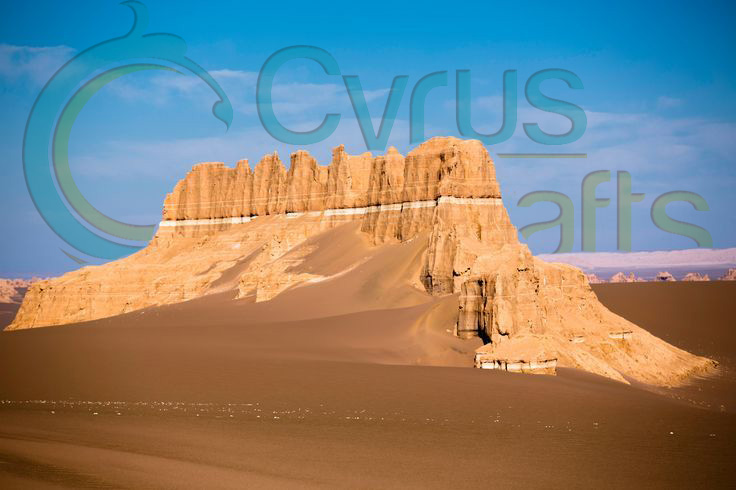
It would probably be interesting to you if you knew that Persian architecture has distinctive plans and ways to optimize buildings' functionality in desert climates.
Although no human has ever stepped on parts of this wild land, archaeologists have found relics of ancient civilizations as old as 5000 years! Also, local folklore has always shown interest in the Kaluts of Shahdad. One of these local stories identifies the place with the biblical city of Lot. According to this story, the Kaluts are, in fact, the cursed people whom God turned into stone. The interesting point is that the pronunciation of the biblical figure, Lot, is the same as the name of this desert.
Plus, some parts of the Lut desert are so scorching that even bacteria can't survive. Yet, in a region known as Zangi Ahmad, where there is no sign of life, you can find the remains of an ancient tower. Archaeologists found clayware and pieces of colorful glass around this place.
Lut desert at night
The night sky of the desert is astronomers' paradise, and the pristine nature of Lut, compared to other deserts of Iran, invites photographers, astronomers, and researchers. Owing to its remoteness and the light created by the big cities, it is possible to record beautiful night sky images in the Lut desert.
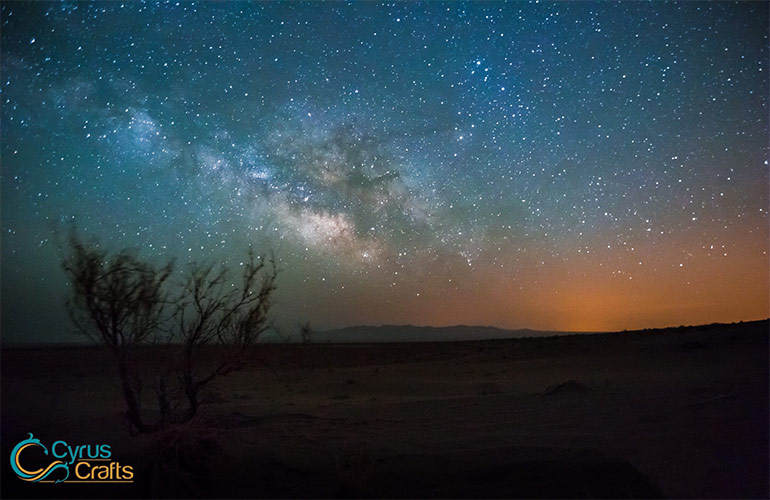
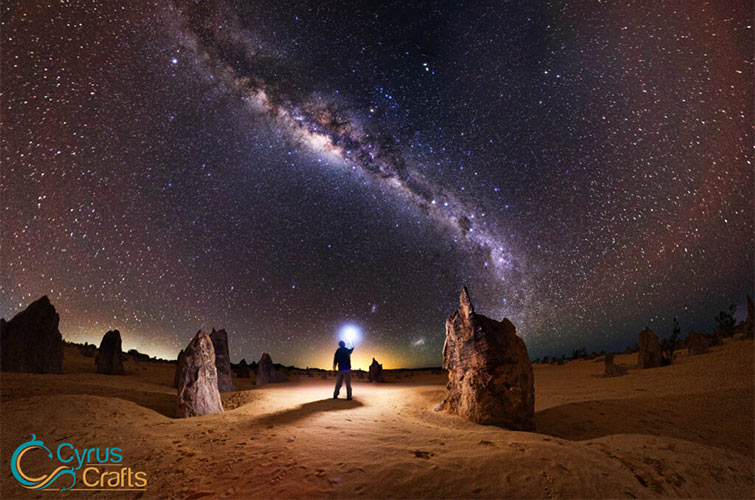
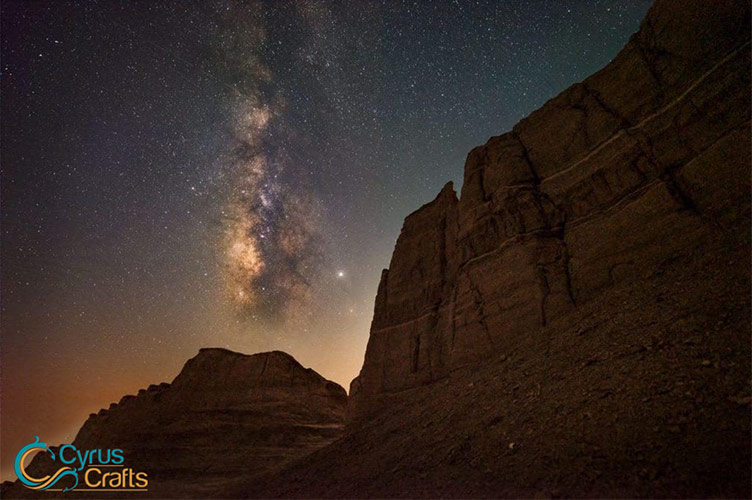






Comments (0)